The weapons of the polar samurai: what the formidable Chukchi fought with
Categories: History
By Pictolic https://pictolic.com/article/the-weapons-of-the-polar-samurai-what-the-formidable-chukchi-fought-with.htmlToday, most of us Chukchi cause a strong association with the hero of the joke — simple and harmless. But 150-200 years ago, if the mention of the Chukchi caused someone to laugh, it was extremely nervous. A small but very harsh northern people, which a huge empire had been trying to conquer since the middle of the XVII century, remained unbroken. What invincible weapons did the Polar warriors use in battles with the pioneer Cossacks and other northern peoples?
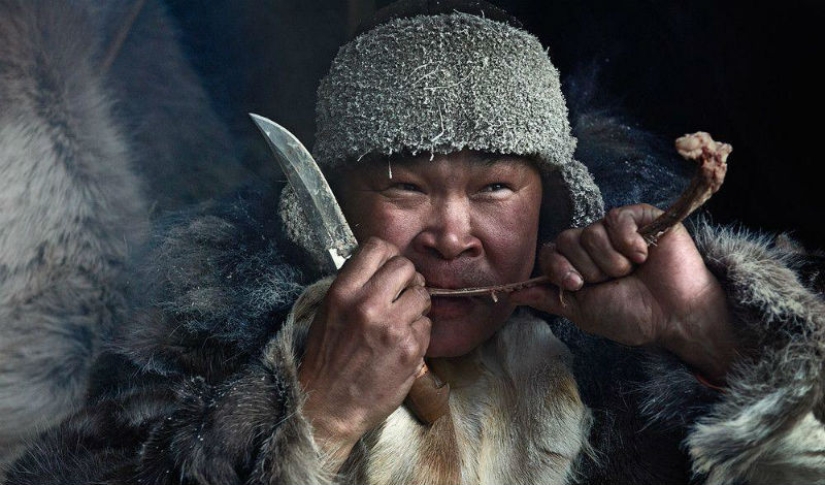
In ancient images, Chukchi in battle armor look like Japanese samurai. This similarity is caused by a similar problem for Chukotka and the Japanese Islands — the lack of high-quality iron. But if the Japanese experienced a serious shortage of ore suitable for smelting steel, the Chukchi never sought to develop industry — hunting and fishing were at the heart of their society.
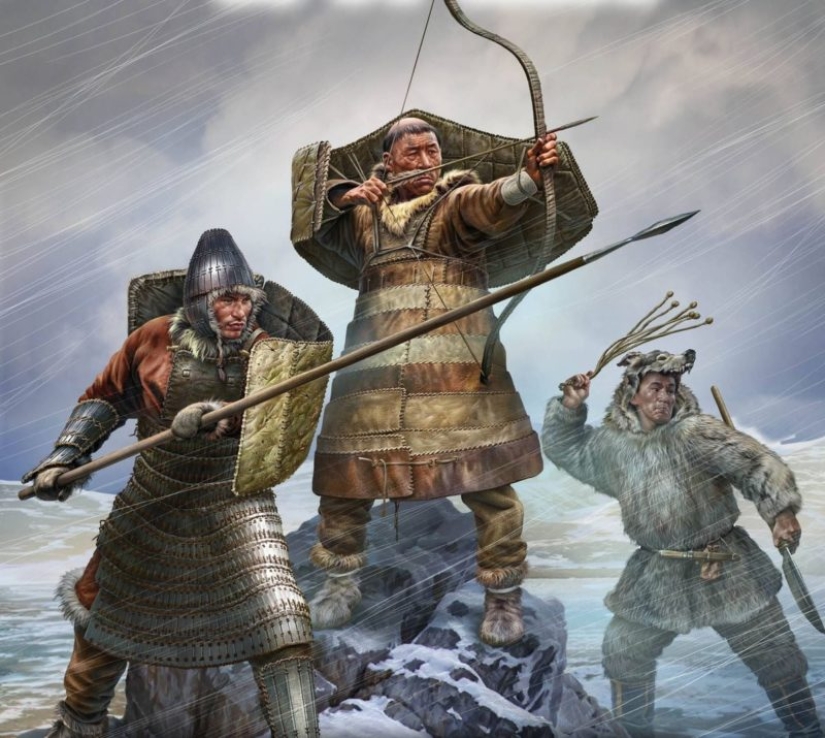
Therefore, the armor of the Chukchi, as well as the Japanese warrior, consisted of dense leather, wood and bone. There were two main types of armor: ribbon laminar made of thick walrus skin and lamellar lamellar made of bone. Also, the Chukchi did not refuse metal armor and chain mail, if they could get such as a trophy.
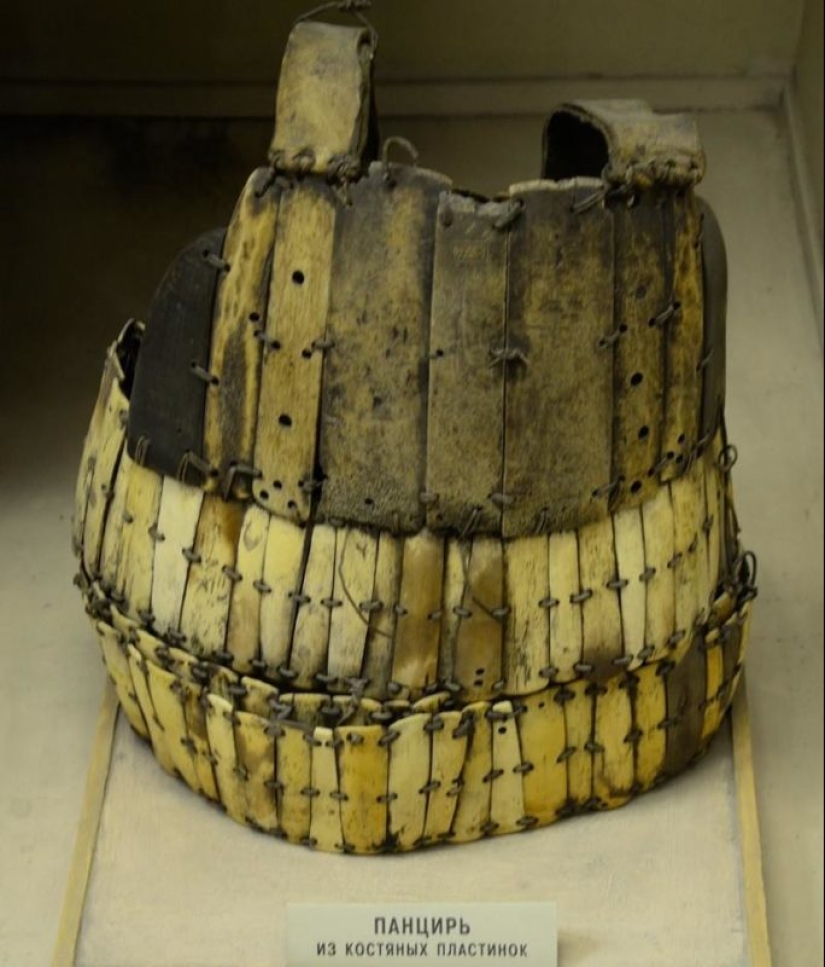
Armor made of leather and bone perfectly protected its owners from bone arrowheads and spears, which were used by the closest neighbors of the Chukchi — Eskimos and Koryaks. Steel-tipped arrows and musket bullets used by the Cossacks easily pierced armor made of natural materials, so by the end of the XVII century, when the campaigns of the sovereign's people for yasak became regular, iron armor became a sign of good taste.
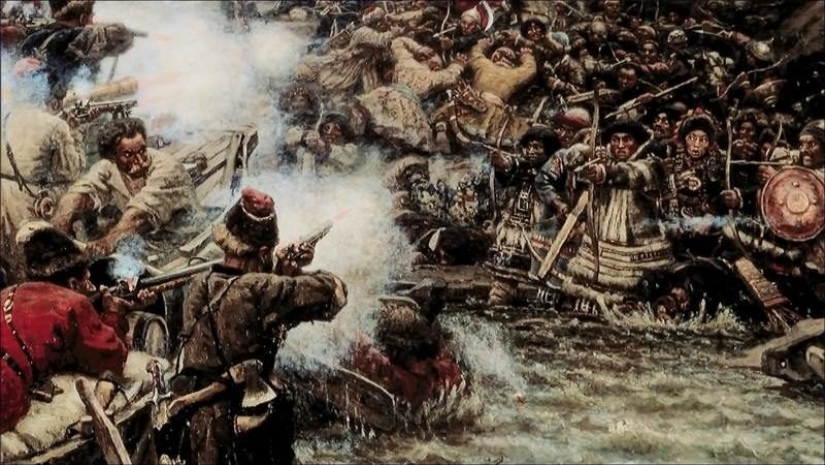
A special silhouette was given to the Chukchi warrior by a leather shield made of a thin board, sheathed with the same walrus skin. During the campaign, the shield was thrown back and resembled half—folded bird wings, and in battle it instantly moved forward or sideways - in the direction from which danger threatened. The shield was an order of magnitude more effective than the body armor made of leather and at a certain distance could stop a bullet from a smoothbore Cossack rifle.
It should be especially mentioned that the shield of the brave Chukchi was not held in high esteem. Firstly, it had considerable weight and constrained movement, and secondly, northerners who despised death often considered it a shameful excess. The shield was mainly used during sluggish positional battles with shelling at a distance, and in a serious "case" it was quickly disposed of.
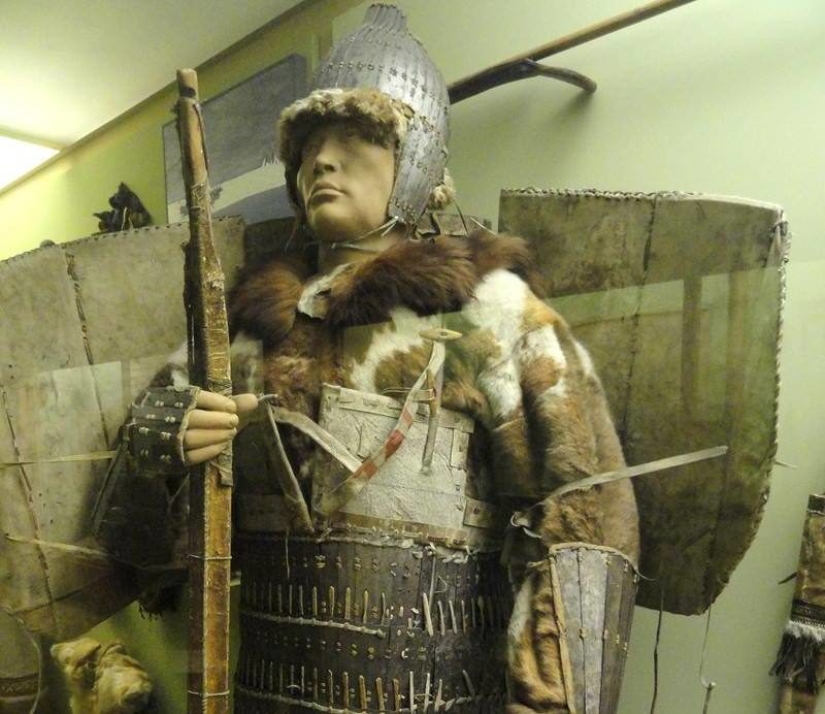
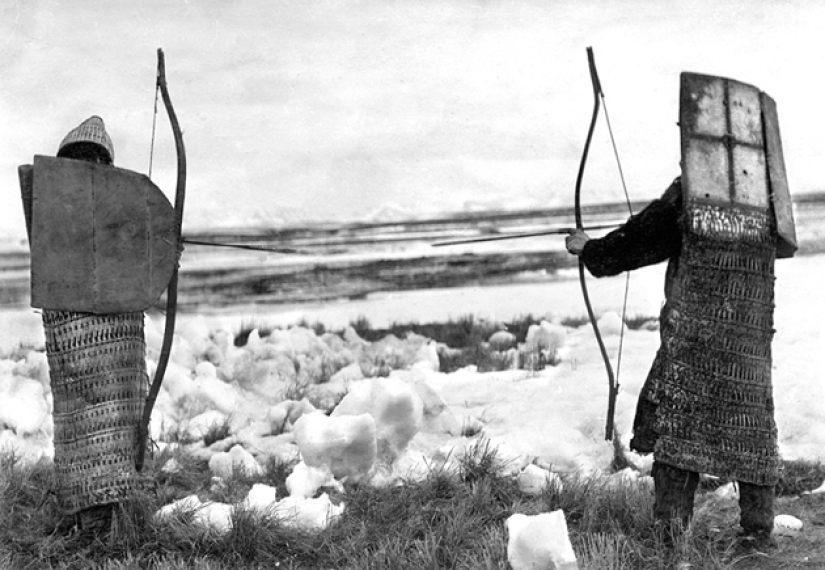
The main weapon of the Chukchi in hunting and war was a large bow made of wood, made using a rather complex technology. To give the onion a special elasticity, the northern masters combined larch, spruce root and birch bark. The bowstring was woven from carefully selected and specially treated deer veins.
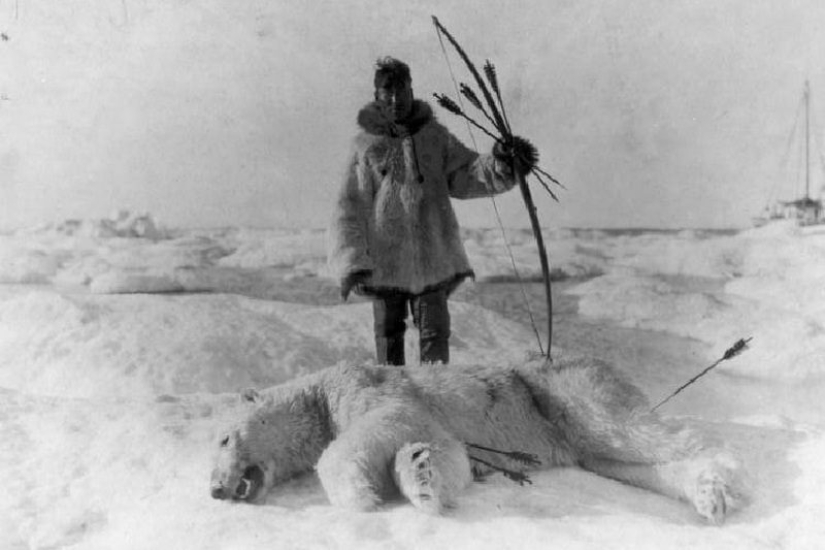
Chukchi arrows were made of larch quicksand — durable and resistant to moisture. The tips were made of bone, and when they were lucky with metal, they were made of iron. Even with a sharp bone at the end, an arrow fired from a long-range Chukchi bow was a serious danger, and the metal tip increased its striking ability by an order of magnitude.
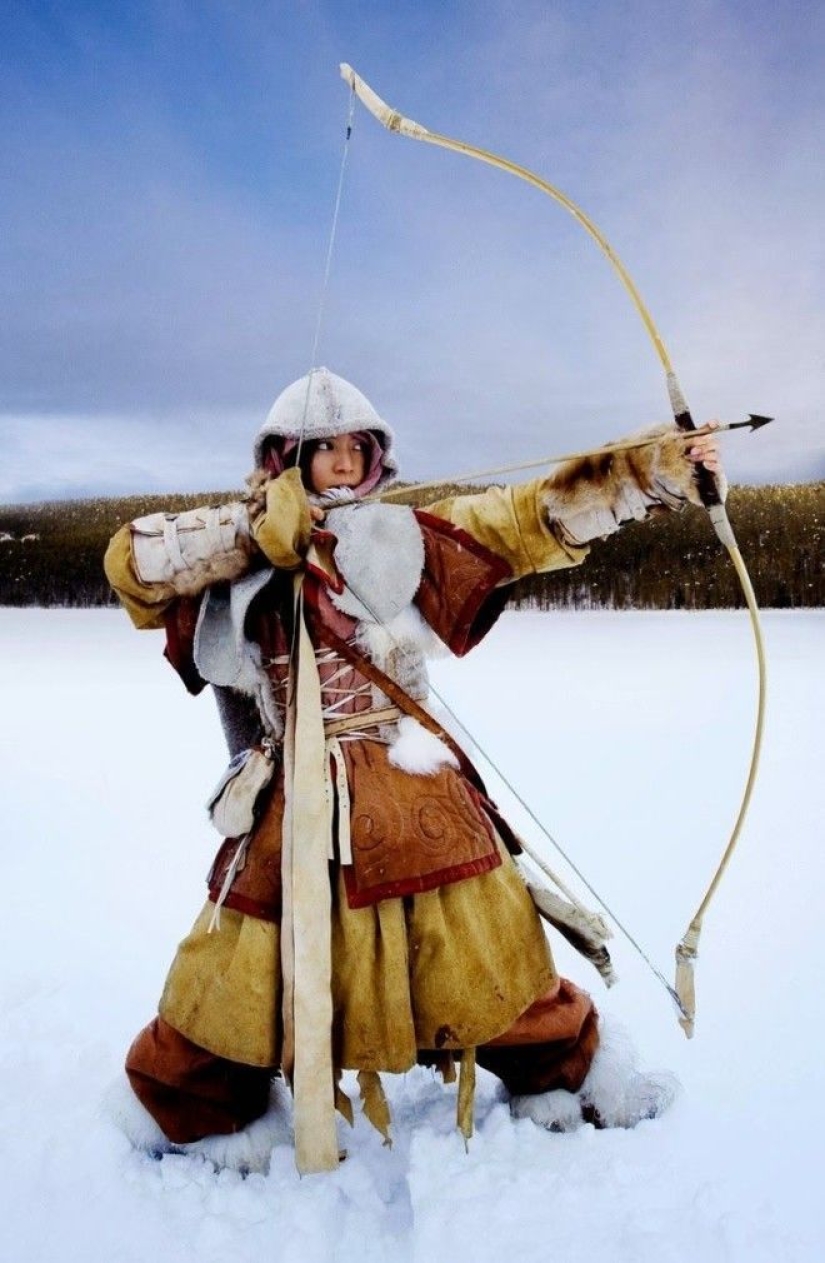
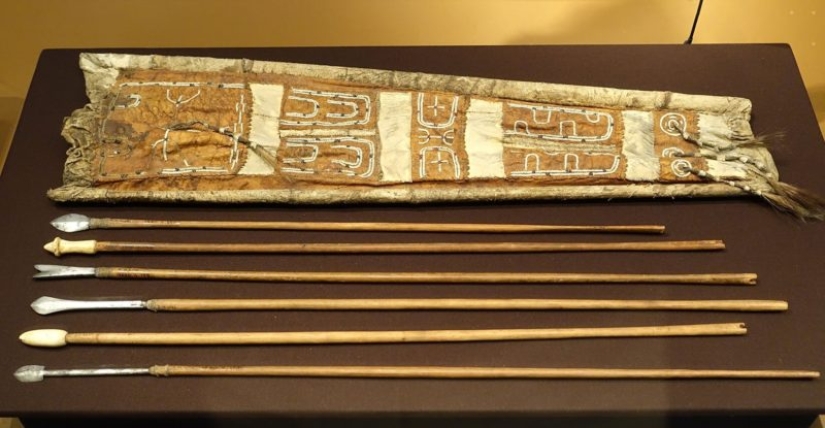
In order not to give the residents of Chukotka the opportunity to improve their murder weapons, in tsarist Russia there was a ban on the sale of iron objects to the Chukchi. When attacking a Cossack convoy or a prison, the northerners were interested, first of all, not in valuables and prisoners, but metal objects that allow them to perform an "upgrade" of weapons.
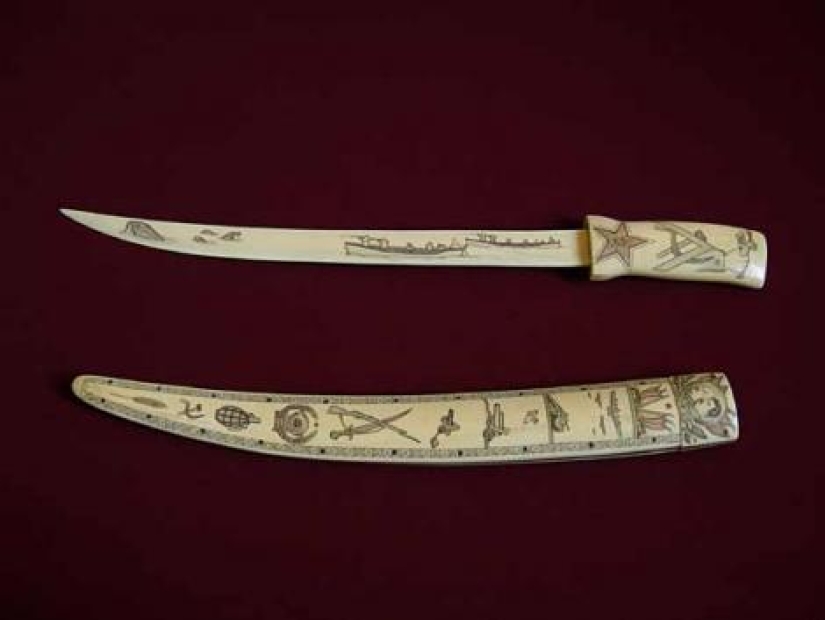
The Chukchi also used spears. The shaft of this weapon was long and was at least 2.5 meters. The spearhead was made of bone or iron and it could be as thin as a cavalry pike, or as wide as a cleaver. A spear with a wide tip was also used in battle for slashing blows. Spears were highly valued by those who had them, since it was very difficult to get straight long wooden shafts in the polar tundra.

Various batons were also used by the Chukchi, into which fragments of stones and bone splints were inserted to increase their traumatic effect. All the warriors wore long bone or iron knives on their belts, which were used in hunting, in battle and at meals.

Despite the fact that the Chukchi are a nomadic people who are not inclined to erect stationary dwellings, if necessary, they quickly built fairly effective compact defensive structures using the poles of their yarangs and cobblestones. Stone fortresses had loopholes for shooting bows, and their walls were arranged in such a way that at any moment it was possible to bring down part of it on the heads of those going to the assault.
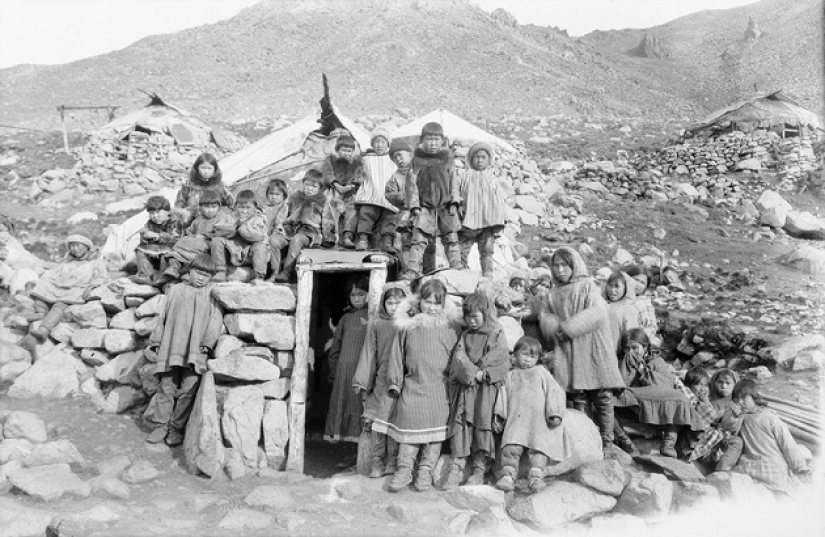
The fortresses, which the Chukchi called "umki", were used on a one-time basis, as they were short-lived. There were no skilled architects among reindeer herders and whalers, and it is difficult to build foundations in permafrost even with modern special equipment. At the end of the battle, the stone structure was destroyed or abandoned without regret by the defenders.
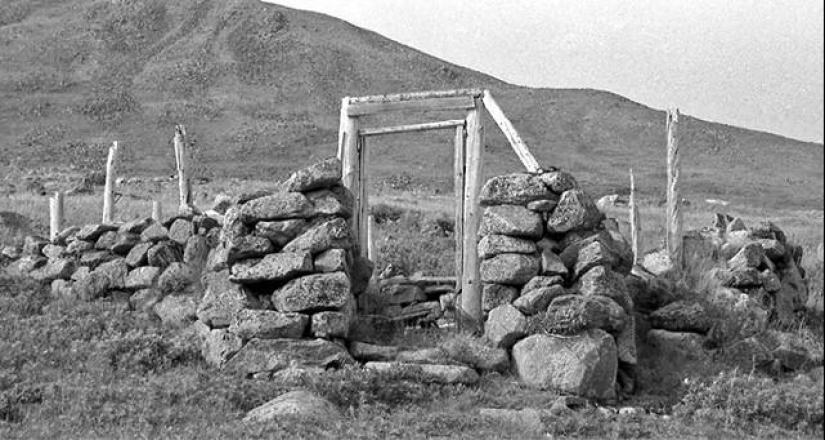
Some idea of the construction skills of the Chukchi can be made by considering the remains of fortified yarang in the village of Naukan. Primitive walls around dwellings made of skins that the obstinate Chukchi built for defense against Soviet fur collectors and geologists back in the 30s of the XX century.
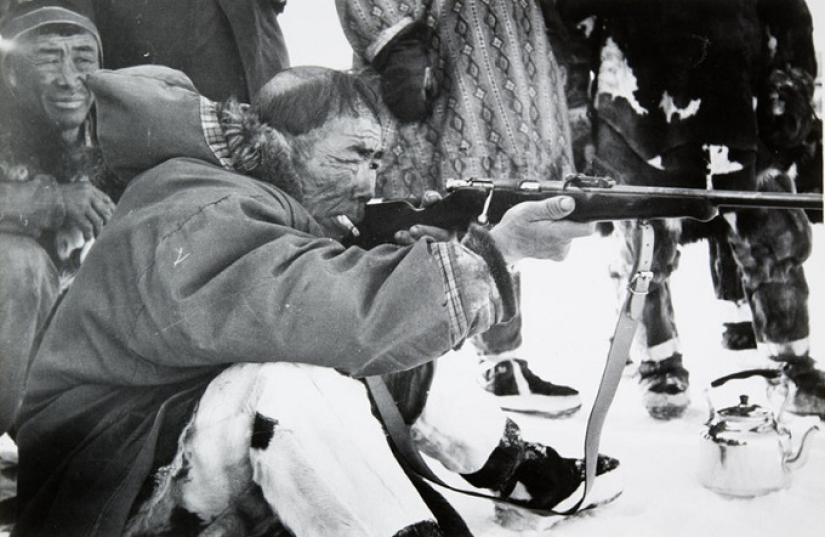
Despite the small number and primitive weapons, the Chukchi remained unbroken. In the Russian Empire, it was, perhaps, the only people who paid tribute collectors not as much as they should, but as much as they found necessary. At the slightest dissatisfaction, the tsarist officials were subjected to a painful death, and the camp, which showed disobedience, instantly collapsed and disappeared with its herds of deer in the vast expanses of the tundra.
This northern people became relatively manageable only in the 50s of the XX century, after they had been "treated" with alcohol for almost a century.
Recent articles

Sometimes you see a tattoo on a person and think: "Why did he do it at all?". A familiar feeling? If you have never experienced it, ...

Taxi ride like a lottery — you never know if you will pull the winning ticket. Even the official services like Uber does not ...

Finnish photographer Juha Tanhua has shot an unusual series of "space photos". Astrophotographic images of stars, galaxies and ...